
companies of DJ® UAV parts: PTZ, cameras, PCB, LiDAR drone systems for surveying! suppliers of DJ® UAV LiDAR, drone camera, UAV components,UAV PTZ PCB parts in china.
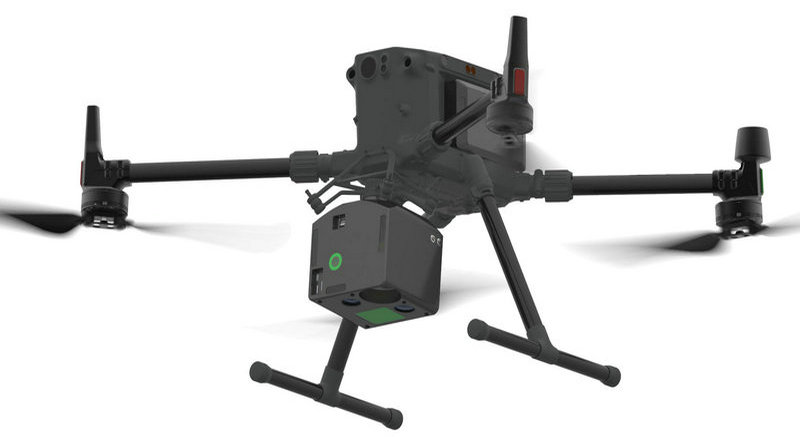
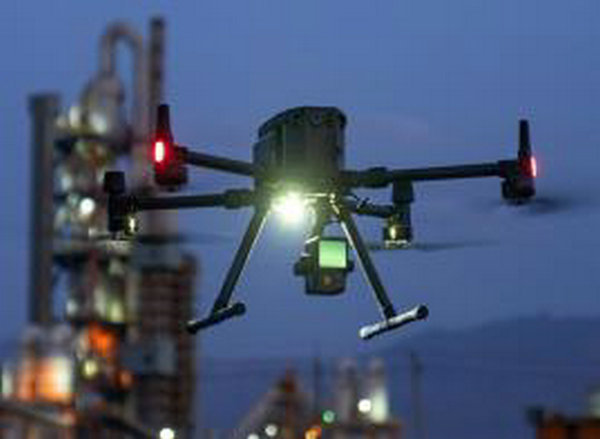
features of drone lidar: fast alignment: Using dual antenna mode, the alignment time is short, which can save the time of dynamic alignment in the air and has high field efficiency. easy to operate: key control equipment collection, simple operation, quick to get started, mature solution: combined with LiCloud and LiPowerline series software, analysis reports can be quickly generated.
supports operations without base stations: the product integrates cloud trace technology and the LiCloud 3D data platform to obtain centimeter-level point cloud data without setting up a base station. highly integrated: small size, light weight, easy to carry, supports single person operation; adapts to DJI Skyport interface.
One-click data processing, with combined navigation calculation and point cloud calculation functions, one-click completion of POS data calculation, accuracy report output and point cloud data output.
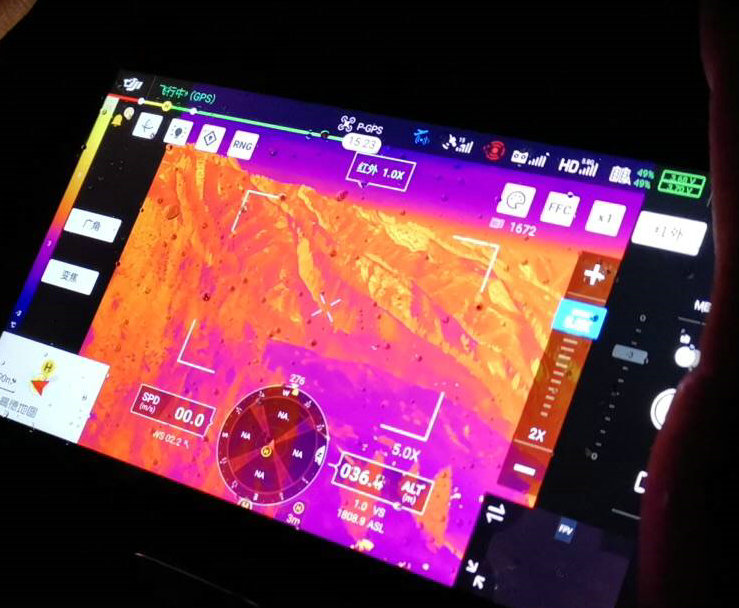
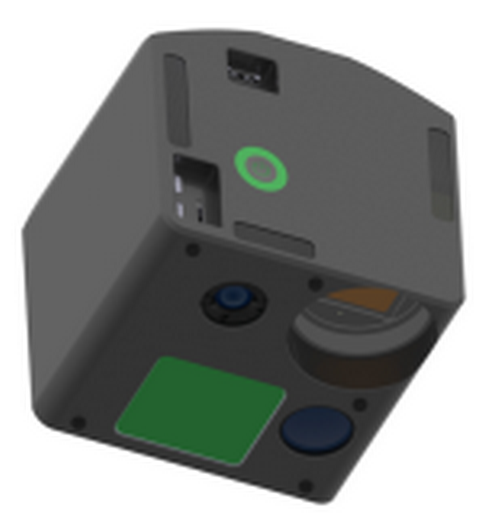
lidar drone technology is relatively new. surveyors began using it to produce maps of rivers, streams, and other geographic locations. innovation in lidar drone technology has dramatically lowered both the cost and size of lidar drone sensors, making it more feasible to attach alidar drone payload to a drone. And as LiDAR drones become more common, the information they can provide is far more accurate and far less expensive.
different combinations of lidar sensors and drone models and designs will yield different types of results, In long, uniform environments, for instance, such as tunnels or sewer pipes, lidar data can fail to create a reliable 3D rendering if not flown by a professional drone pilot. lidar systems typically use ultraviolet or near-infrared signals to map an area, meaning that they can operate with little to no external light—and this makes them perfect for use at night.
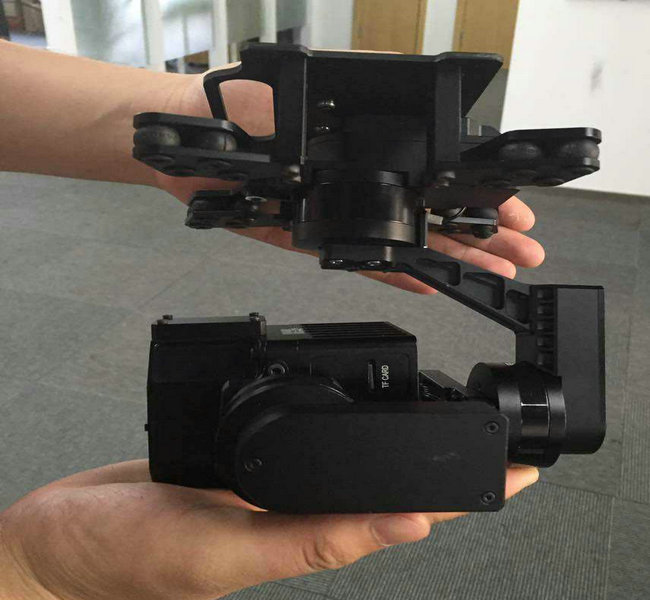

these developments, along with advancements in the technology used to integrate drones with lidar drone data, has led to a rapid increase in deploying drones equipped with lidar as an all-in-one, full-scale 3D-mapping system. a lidar drone sensor attached to a fixed-wing drone can cover up to four square miles in one flight, with an absolute accuracy of 4 inches horizontally and 2 inches vertically. this is some of the highest fidelity data currently achievable by any aerial surveying method..
when used in search and rescue operations, PTZ cameras on drones can quickly scan a wide area and zoom in on potential targets or hazards. drones with PTZ cameras are utilized for inspecting infrastructure like bridges, power lines, and towers, enabling inspectors to closely examine structural details.
drones PTZ cameras are used for environmental research, including wildlife tracking, habitat assessment, and environmental surveys. the ability to control the camera's pan, tilt, and zoom functions remotely provides operators with flexibility and precision in capturing images or video footage, making it a valuable tool in a variety of professional and recreational applications.
| weight: | 1.25KG | ||||||||
| working temperature: | -20C~40C | ||||||||
| camera: | 26 million pixels, 16mm focal length | ||||||||
| measuring range: | 190m@10% reflectivity, 260m@20% reflectivity, 450m@80% reflectivity. | ||||||||
| wavelength: | 905nm | ||||||||
| distance measurement accuracy: | less than 2cm (1α@20m) | ||||||||
| light speed divergence: | 0.28C vertical*0.03C horizontal | ||||||||
| angle accuracy: | less than 0.005C | ||||||||
| point cloud output: | 720,000 points/second | ||||||||
| GNSS: | GPS, GLONASS, BEIDOU | ||||||||
| azimuth accuracy: | 0.038C[1α] | ||||||||
| attitude accuracy: | 0.038C[1α] | ||||||||
| drone LiDAR cameras, mini UAV,camera drones, best UAV aircraft, adults drones, big UAV systems, drone toys,unmanned aerial vehicle UAV parts,flight control systems,communication systems,navigation systems | |||||||||
|---|---|---|---|---|---|---|---|---|---|
- home
- products
- contact
- equipments
- UAV
- camera drones
- fixed wing UAV 200
- VTOL aircrafts 220
- hand-throwing fixed-wing UAVs
- quadcopter drones 820
- huge hexacopter UAVs 1550
- big hexacopter UAVs 1100
- drone PCB
- mini drones 180
- PTZ gimbals
- hydrogen powered drones
- drone LiDAR cameras
- FPV drones
- drone hangar
- underwater robotics
- unmanned helicopters
- drone swarms
- aerial photography drones
- agriculture drones
- inspection drones
- police drones
- emergency drones
- logistics drones
- mapping drones
- mining drones